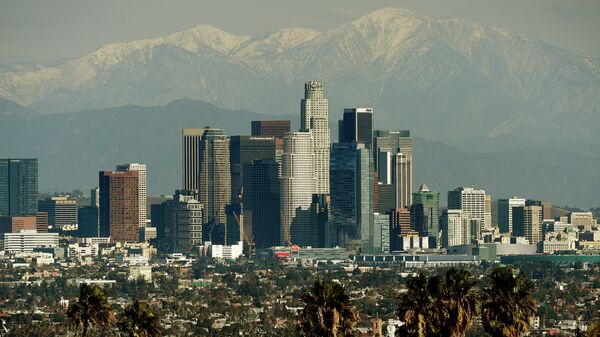The San Andreas Fault stretches some 800 miles, forming a tectonic boundary between North American and Pacific tectonic plates that constantly scrape against one another.
According to a recent report by data firm Core Logic, an unlikely rupture in both the northern and southern regions of the San Andreas Fault could produce an 8.0 or higher magnitude earthquake capable of damaging some 3.5 million structures. But even if only the southern portion of the fault ruptured, a disaster could cause over $200 billion in damage.
Seismologists suggest that a major earthquake occurs every 150-200 years, and the last time the southernmost part of the San Andreas Fault ruptured was in 1682, indicating that the region is overdue for a large-scale temblor.
"The springs on the San Andreas system have been wound very, very tight. And the southern San Andreas fault, in particular, looks like it's locked, loaded and ready to go," said Thomas Jordan, director of the Southern California Earthquake Center.
A devastating earthquake, which hit on March 11, 2011, some 43 miles off Tōhoku on the coast of Japan, measured 9.0 on the Richter scale.



